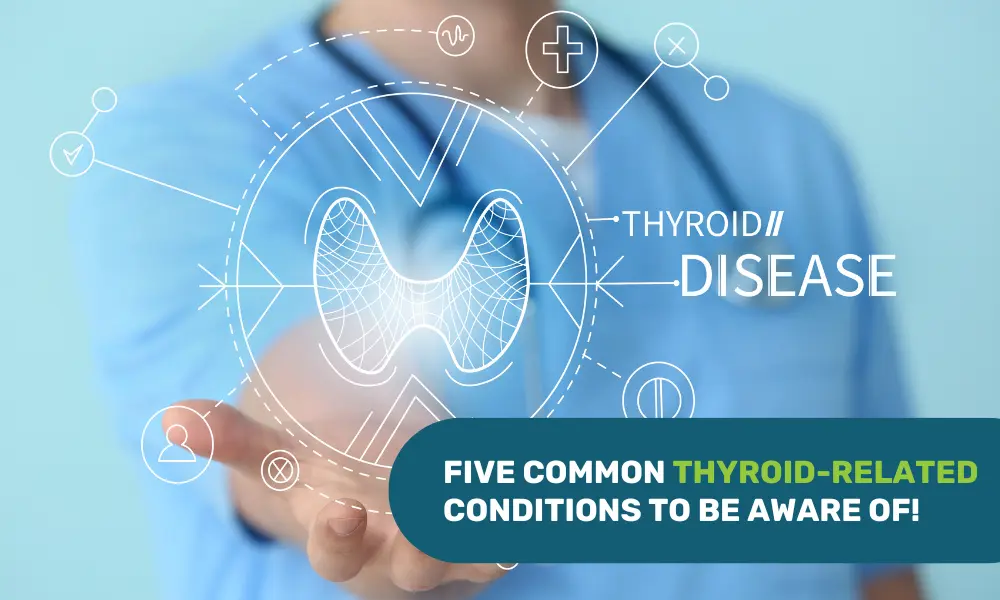Women’s bodies go through several major changes throughout their lifetimes. While the start of the menstrual cycle marks one of the massive changes in women’s bodies, the end of the same, also known as ‘menopause’ is no exception.
The years leading up to menopause, also known as perimenopause, are the years when most women experience changes in their bodies that affect their lifestyles well. During perimenopause, a woman’s ovaries stop producing eggs, and there is a decline in female sex hormones like estrogen and progesterone.
While this change is a perfectly normal course of aging, the loss of these female sex hormones leaves a systemic impact on women’s health, especially cardiovascular health. Estrogen has a protective benefit to the heart, and its loss can impact some specific risk factors for heart health, including high cholesterol, high blood pressure, and weight gain.
From heart disease to obesity and bone health, women’s bodies start showing imprints of menopause, and it is important to take note of those. Heart disease is one of the leading causes of death in women, and the risk continues to rise with age.
Therefore, it is essential to be aware of red flags that might indicate current or future heart attack and stroke risk. Mitigating your risk for both also requires trusting your instincts. Additionally, it’s important to know your family health history since research suggests women have an elevated risk of heart disease if an immediate family member—such as their mother or sister—had heart disease before age 65.
Following are five vital symptoms that one should look out for once they are past 40 and through perimenopause.
-
Chronic fatigue: Chronic fatigue in women over 40 is more common than any other symptoms. While perimenopause and menopause and hormonal changes during that period directly contribute to the constant state of exhaustion, other symptoms can trigger it too. Anaemia, a condition where the body doesn’t have enough healthy red blood cells or the red blood cells aren’t functioning properly, is a common cause of fatigue, especially for women of childbearing age. Besides, fibromyalgia, a condition that causes widespread pain, insomnia, and fatigue, affects more than 3.7 million Americans, and the vast majority are women ages 40–75. A deficiency in this essential vitamin can cause chronic fatigue syndrome.
-
Shortness of breath: Chronic shortness of breath in women over 40 can have many causes. Lung conditions such as asthma, chronic obstructive pulmonary disease (COPD), emphysema, pulmonary fibrosis, pulmonary hypertension, or pneumonia, and/or heart conditions like congestive heart failure, cardiomyopathy, diastolic dysfunction, systolic ventricular dysfunction, or abnormal heart rhythms can contribute to developing the condition in women over 40. Other conditions like obesity, poor health, deconditioning, interstitial lung disease, pleural effusion, cancer, or neuromuscular conditions, and cardiac amyloidosis (a condition where amyloid proteins build up in the heart, causing stiffness and pressure) are also factors that induce chronic shortness of breath.
-
Hot flushes: Most women start perimenopause in their 40s, and some experience hot flashes and night sweats during this time. Hot flashes usually start before a woman’s last period and occur for 2 years or less for 80% of women. Most women continue to have hot flashes for 4–10 years after menopause, but they become less frequent and severe. Hot flashes feel like a sudden increase in body temperature, along with sweating and flushed skin. They can also cause heart palpitations, dizziness, and night sweats. Hot flashes are caused by changing hormone levels, particularly a decrease in estrogen. The hypothalamus, which regulates body temperature, becomes more sensitive to temperature changes and triggers a hot flash to cool the body down. Not all women who go through menopause experience hot flashes, and the risk factors aren’t clear. However, some factors that may increase the risk include smoking, obesity, and race.
-
Depression: Depression is a common condition that can affect women over 40, especially during perimenopause and menopause. Depression symptoms in women over 40 can include sadness, hopelessness, shame, and despair. Besides, anger and irritability, loss of interest in activities, sleeping too much or too little, weight fluctuations, anxiety, suicidal ideation, self-loathing, difficulty concentrating, and decreased sexual interest are also indicative of depression.
-
Migraine: Migraines are more common in women over 40 due to hormonal fluctuations during perimenopause and menopause. Hormonal changes are a big reason behind it. Estrogen and progesterone levels fluctuate during perimenopause, which can trigger migraines. Menstrual migraines can be more severe, longer, and more likely to relapse during this time. Other symptoms of menopause, like hot flashes, night sweats, poor sleep, stress, and anxiety, can also trigger migraines. Migraines typically begin in adolescence, peak in the 40s, and become less of a problem after that. Other factors that can contribute to migraines include tension on a mental or physical level, Sensory distractions like bright lights, Dehydration, and Medications that affect blood flow.
These symptoms might resemble other diseases. However, one must not ignore these symptoms and consult a doctor for a detailed examination and investigation.





